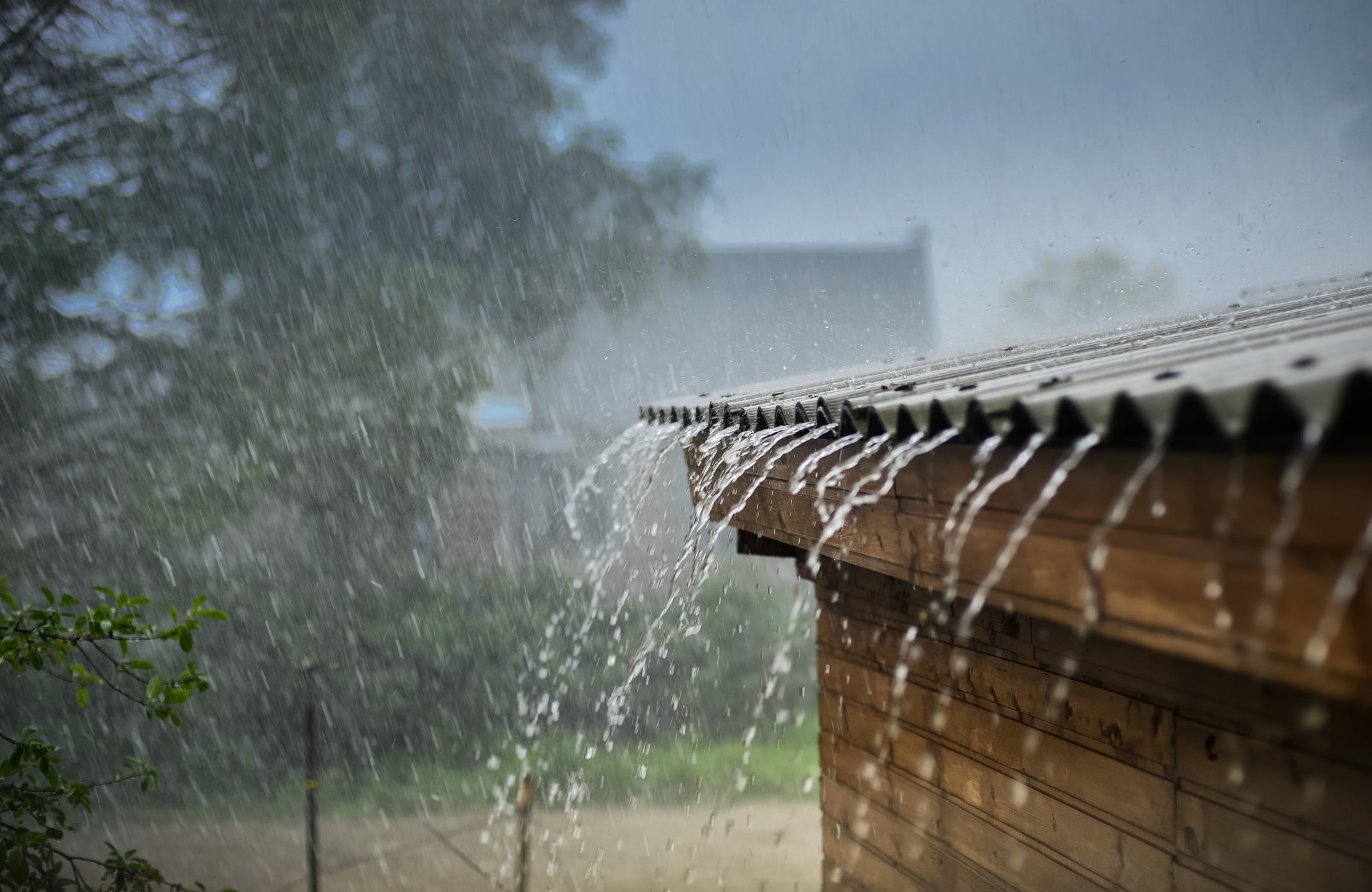Preventing Water Damage Before it Hits Home

Regardless of how important something is, if it isn't properly dealt with or is over consumed it can have adverse affects. Take water for instance..it's a necessity of life which allows us and other living things to grow and thrive, however a torrential downpour of rain dealt from mother nature that falls on a house which isn't effectively able to channel the water away can cause immense and expensive damage. Solution? Ensure that your home is adequately prepared to handle excessive rain and prevent flooding.
Here are some important considerations to make when assessing your home to prevent water damage before it starts:
"Ensure Good Drainage
Why it matters: Poor drainage weakens your foundation, causing cracks, uneven settling, and pathways for water to enter your home.
How to do it:
- Clean your gutters routinely. A clogged gutter will send cascades of water down the side of your house, damaging your siding and foundation.
- Ensure your downspouts direct water 5 to 10 feet away from your house.
- Make sure your yard is sloped at least 6 inches over a 10-foot span away from your foundation. That slope keeps water from getting down right next to your foundation, where it could cause walls to lean, crack the masonry, and create leaks. (For crawl spaces, keeping water away makes sure excess water doesn’t pool underneath your floor, making for damp conditions that encourage mold, rot, and insects.)
Check for Water Leaks and Fix Them
Why it matters: Persistent leaks lead to mold and mildew, rot, and even termites and carpenter ants (they like chewing soggy wood, since it’s soft). Yet if you fix a leak soon after it starts, there may be no long-term damage at all.
How to check for leaks:
- Check for dark spots under pipes inside sink cabinets, stains on ceilings, toilets that rock, and of course drips.
- At least once a year, inspect your roof. Repair missing, loose, and damaged shingles. Repair any cracked caulking and check for leaks around flashing.
Test Your Sump Pump Regularly
Why it matters: Sump pumps come to life during storms. That’s not when you want to realize yours isn’t working properly. You should check it at least once a year, and ideally perform several checks during heavy storm seasons.
How to test your sump pump:
- Slowly fill the sump pump pit with water. Watch for the “float” (similar to the float in your toilet) to rise, which should turn on the pump. Then watch to make sure the water level falls.
- Test your backup pump the same way, but unplug the main pump first.
- If you don’t have a backup pump — or a generator — and are on municipal water, get one that runs on water pressure. If you’re on well water, your only option is the battery kind. (Lara Edge, houselogic.com)"
Keeping your home safe also means having the proper protection in place beforehand as an added precaution. Take our water damage questionnaire to see how well your home stacks up now and learn more about our home insurance protection plans here .



